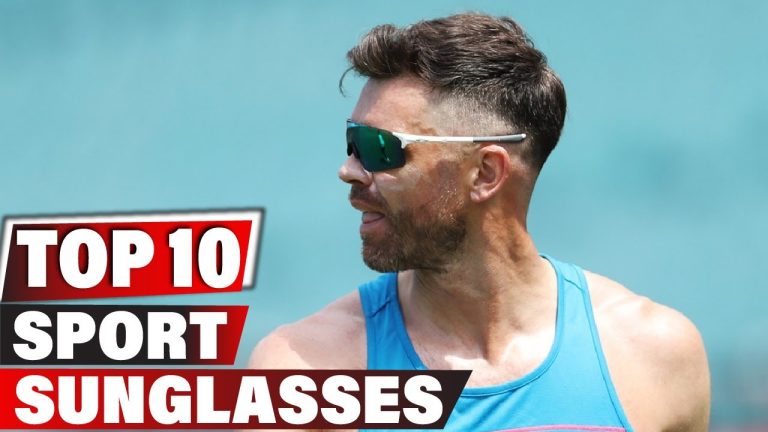Protect Your Vision with the Best Sunglasses for Outdoor Activities – Our Top Picks
When it comes to outdoor activities, having the right equipment is essential. Whether you’re hiking, fishing or just enjoying a day at the beach, it’s important to protect your eyes from the harmful rays of the sun. That’s where sunglasses come in. Not only do they protect your eyes from UV rays, but they can also enhance your visibility and reduce glare.
But with so many options out there, how do you choose the right pair of sunglasses for your needs? In this article, we’ll take a look at some key factors to consider when selecting sunglasses for outdoor activities.
UV Protection
One of the most important factors to consider when selecting sunglasses is the level of UV protection they provide. Sunglasses with 100% UV protection are essential for protecting your eyes from damaging UV rays. Look for sunglasses that specifically state they provide 100% UV protection or have UV400 protection. Keep in mind that the color or darkness of the lenses isn’t necessarily an indicator of UV protection.
Polarization
Polarized lenses can be a great choice for outdoor activities, particularly those involving water or snow. Polarization helps reduce glare, making it easier to see in bright sunlight. Keep in mind that polarized lenses can sometimes make it difficult to see certain things, such as digital screens or some out-of-car windows.
Frame Material
The material of the sunglasses frame can affect both the comfort and durability of the sunglasses. Some popular materials include:
- Plastic: Lightweight and affordable, but not as durable as other materials.
- Metal: Durable and stylish, but can be heavy and may not be as comfortable for extended wear.
- Titatium: Lightweight, durable and hypo-allergenic, but can be more expensive than other materials.
Fit
Make sure you choose sunglasses that fit comfortably on your face. Sunglasses that are too tight can cause headaches, while those that are too loose can fall off during activity. Look for sunglasses that have adjustable nose pads and temple tips for a more custom fit.
Choosing the Right Lens Color
The color of the lenses can affect how you see and how well the sunglasses help you see. Some popular lens colors include:
- Grey: Neutral color that doesn’t distort colors.
- Brown: Can help enhance contrast and depth perception.
- Green: Can provide a soothing effect and enhance contrast in low light conditions.
- Amber/Orange: Can enhance contrast in low light conditions.
Remember, different lens colors may be better suited for different activities. For example, brown or amber lenses may be ideal for fishing, while green lenses may be better for golfing.
Conclusion
Choosing the right sunglasses for your outdoor activities is important for both your comfort and your eye health. Look for sunglasses that offer 100% UV protection, consider polarized lenses if appropriate, choose a comfortable frame material and a custom fit, and select the lens color that best suits your needs. With the right sunglasses, you can enjoy your outdoor activities with clear, comfortable vision.
Most wanted in Hoya Vision:
What brand lenses does Costco use?
Hoya Lens Engravings
What’s the rarest eye color?
Which lens is better Alcon or Johnson and Johnson?
How to Choose the Right Temple Type for Your Glasses
Hoya Sensity Vs Transitions Xtractive
1.53 Trivex Impact Resistant
What’s the difference between 1.5 and 1.6 lenses?
What lenses do Costco use?
What is the difference between Ray Ban RB and Rx?
















![Protect Your Vision with the Top Tactical Eyewear from [Website Name]](https://www.hoyavision.com.ar/wp-content/uploads/2023/04/Tactical-eyewear-768x432.jpg)